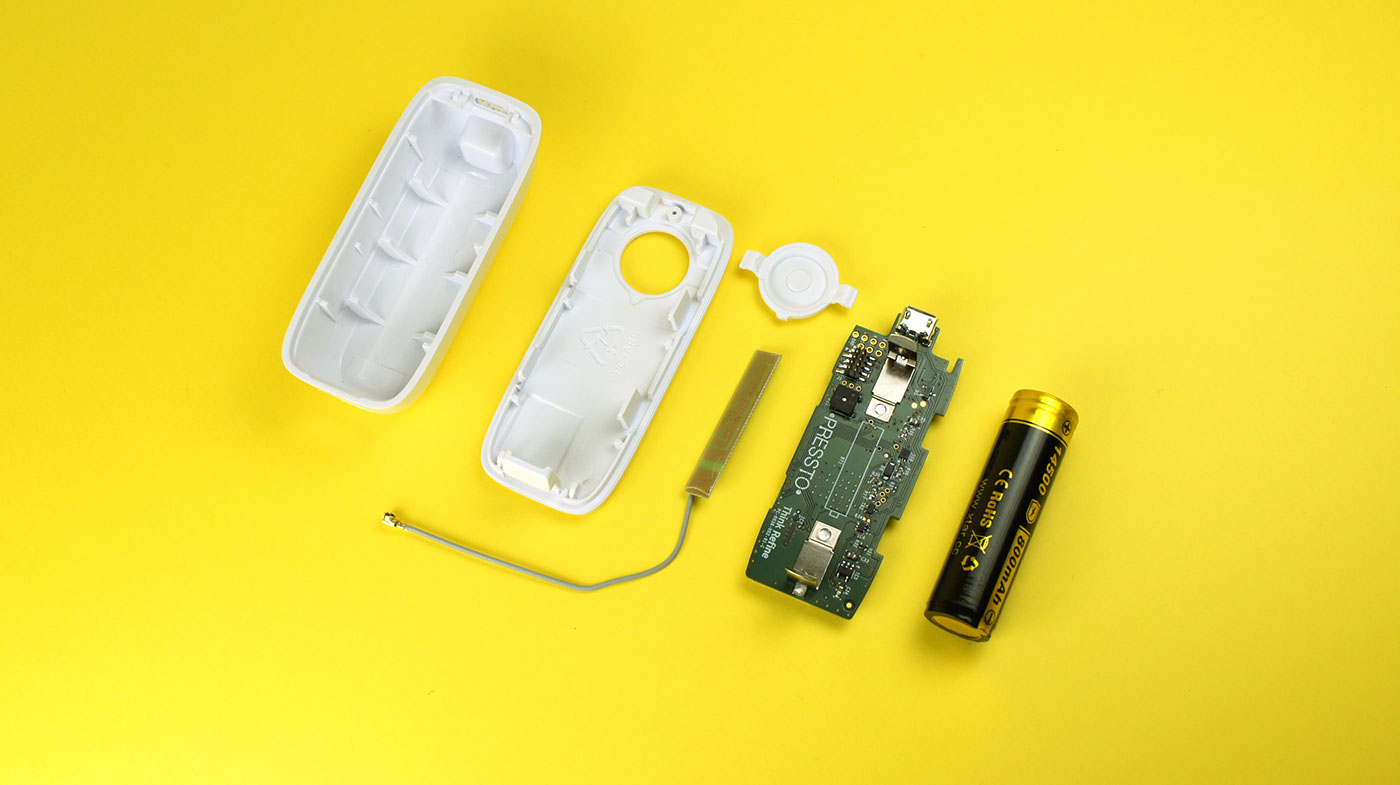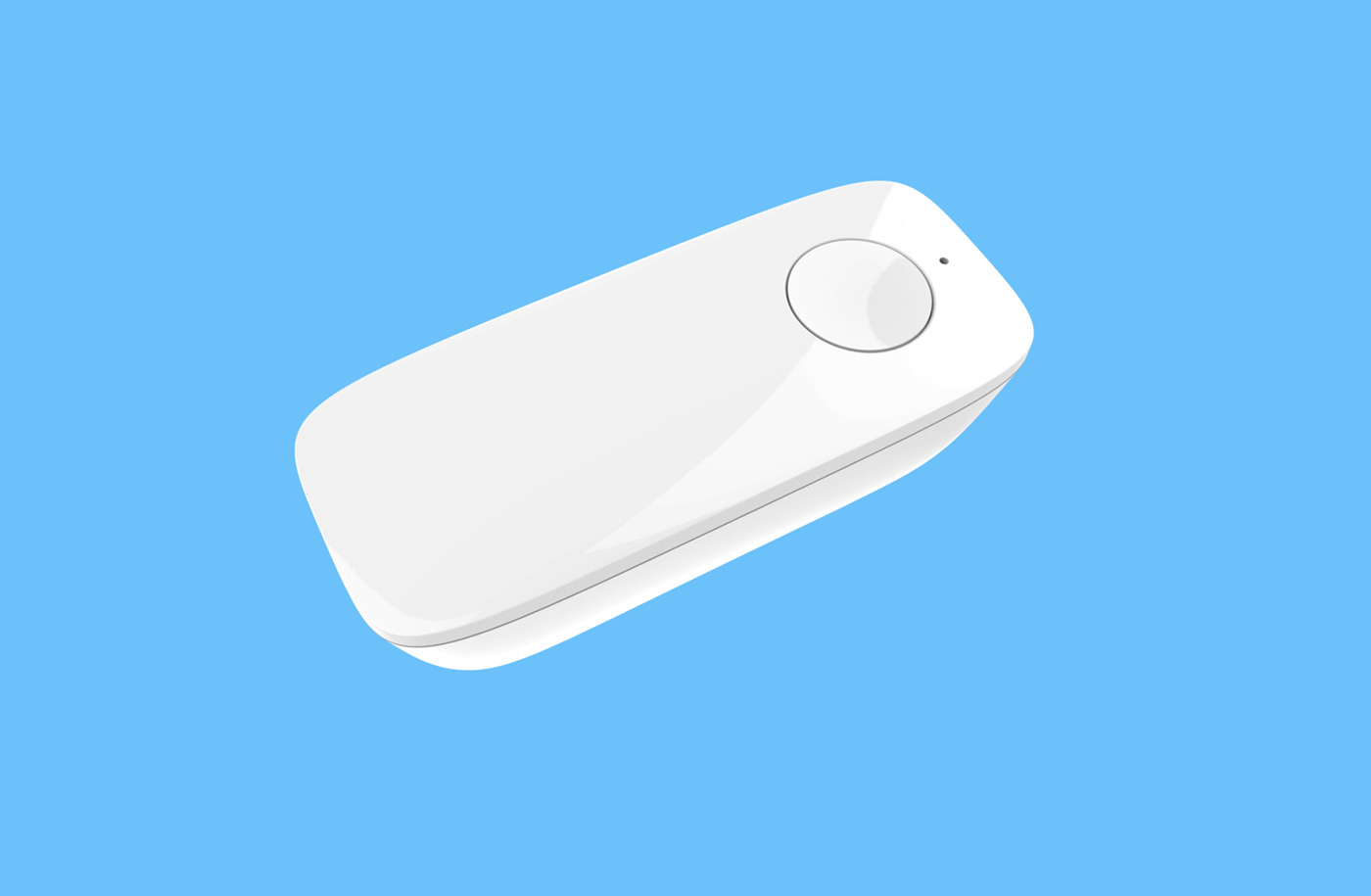In the land of IoT coverage is king

Neil Hamilton, VP of BusinessDevelopment at Thingstream
Industrial applications of IoT technology and solutions provide some of the most high-value use cases of the connected technology. From logistics to improving environmental applications, says Neil Hamilton, VP of Business Development at Thingstream, the potential value proposition that can be harnessed from developing connected applications often seems endless.
The key requirement of any industrial IoT application is the regular distribution of small pieces of information for operation. To take an environmental example, a weather monitoring device: the monitoring may require something more complex, but the connected aspect is simply the regular distribution of small pieces of information such as temperature or humidity.
With the same core requirement, industrial IoT applications will typically also face the same core challenges: coverage, scalability and reliability. At the centre of this is connections. Business continuity is reliant on performance and information from monitoring tools – maintaining a connection between devices and systems.
Currently, companies operating equipment on a single network typically can’t guarantee ubiquity of connectivity, especially when devices are moving or are deployed in remote locations where there is no consistent coverage from a single network provider.
Technical project implementations can also see teams distracted or persuaded by ‘industry hype’. For example, there is a lot of talk around LPWAN, SigFox and NB-IoT at the moment. All of these are interesting technologies yet none are ideal for remote and moving device solutions.
Each attracts:
- Project latency: the availability of devices and networks are not consistent
- Unnecessary costs: someone has to pay for the network infrastructure and the new devices
- An imperfect solution for remote or moving applications: they will be in most cases, geographically locked offerings.
An alternative is to utilise existing cellular networks. These are established, ubiquitous and come with a huge ecosystem of device providers. However, there is again a downside: a typical carrier M2M SIM will operate on its own domestic market, thus meaning it is only suitable for localised applications.
This means that the device can only work provided it is connected in a supported coverage area, which won’t always be the case when it comes to remote and moving devices.
The next best option has traditionally been a roaming SIM. This enables the device to connect to whichever network presents the strongest signal to transmit and receive data. For a domestic application this is potentially a good choice, providing the data fees from the network providers are not too high.
In my view, the perfect solution for Industrial IoT applications is unstructured supplementary service data (USSD), effectively a network within all cellular networks, and an internet of things without the internet. USSD is a universal protocol which is available in all cellular networks, 2G, 3G, 4G, LTE as well as satellite. It is the ideal small data transport for remote or moving IoT applications given its global ubiquity.
USSD provides unprecedented security as there is effectively no ‘internet’ involved in the device-to-cloud leg of the solution, thus making it impervious to internet related security threats such as botnet, DDoS attacks etc.
Caption: Powered by Thingstream, the Pressto button can be activated from anywhere with a GSM signal
Finally, with no IP used, there is no need for microprocessors and components for communication via TCP-IP, reducing power consumption, complexity and costs for manufacturing devices.
For companies looking to develop IoT solutions the technological decisions they face continue to grow in number as we see more innovation and new ideas evolve. With so many possibilities, costs can also very easily mount up.
In deciding which sensors, actuators, PLCs, modems or networks should be used to develop connectivity, the questions should be asked, ‘What is the purpose of the solution and what data needs to be transmitted to and from the device?’ By answering this, it becomes easier to begin to construct an appropriate solution and build a business case.
Coverage must be at the heart of the conversation. Applications such as vehicle tracking or environmental monitoring need very little data to be transmitted; perhaps 2KB every 30 minutes. This equates to approximately 6MB data usage per month.
This does not justify the need for mobile data, thus once removed from the equation a solution can be enabled that guarantees coverage even when roaming, improved security and simpler devices. With these improvements industrial IoT solutions begin to demonstrate a return on investment much quicker and more effectively.
The author of this blog is Neil Hamilton, VP of Business Development at Thingstream
Comment on this article below or via Twitter @IoTGN


